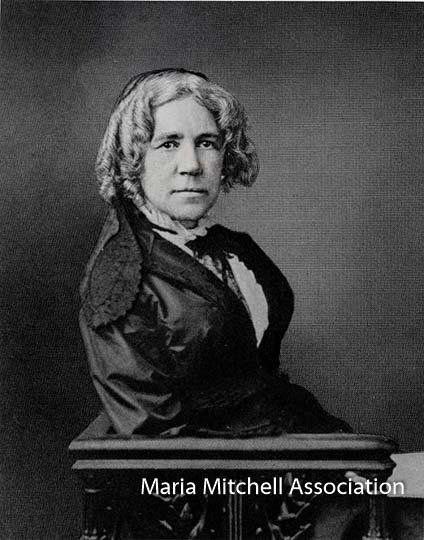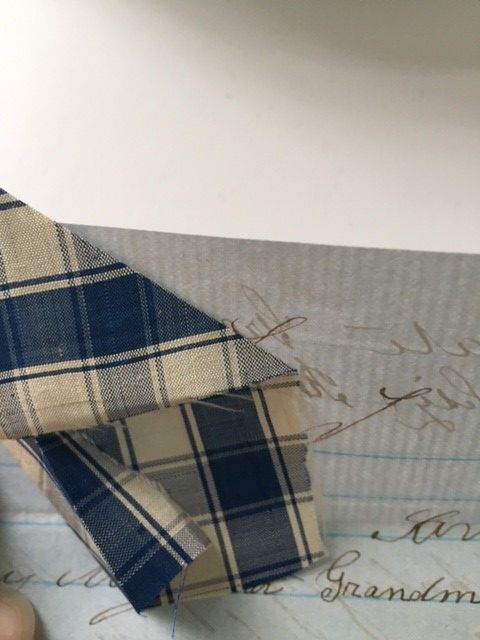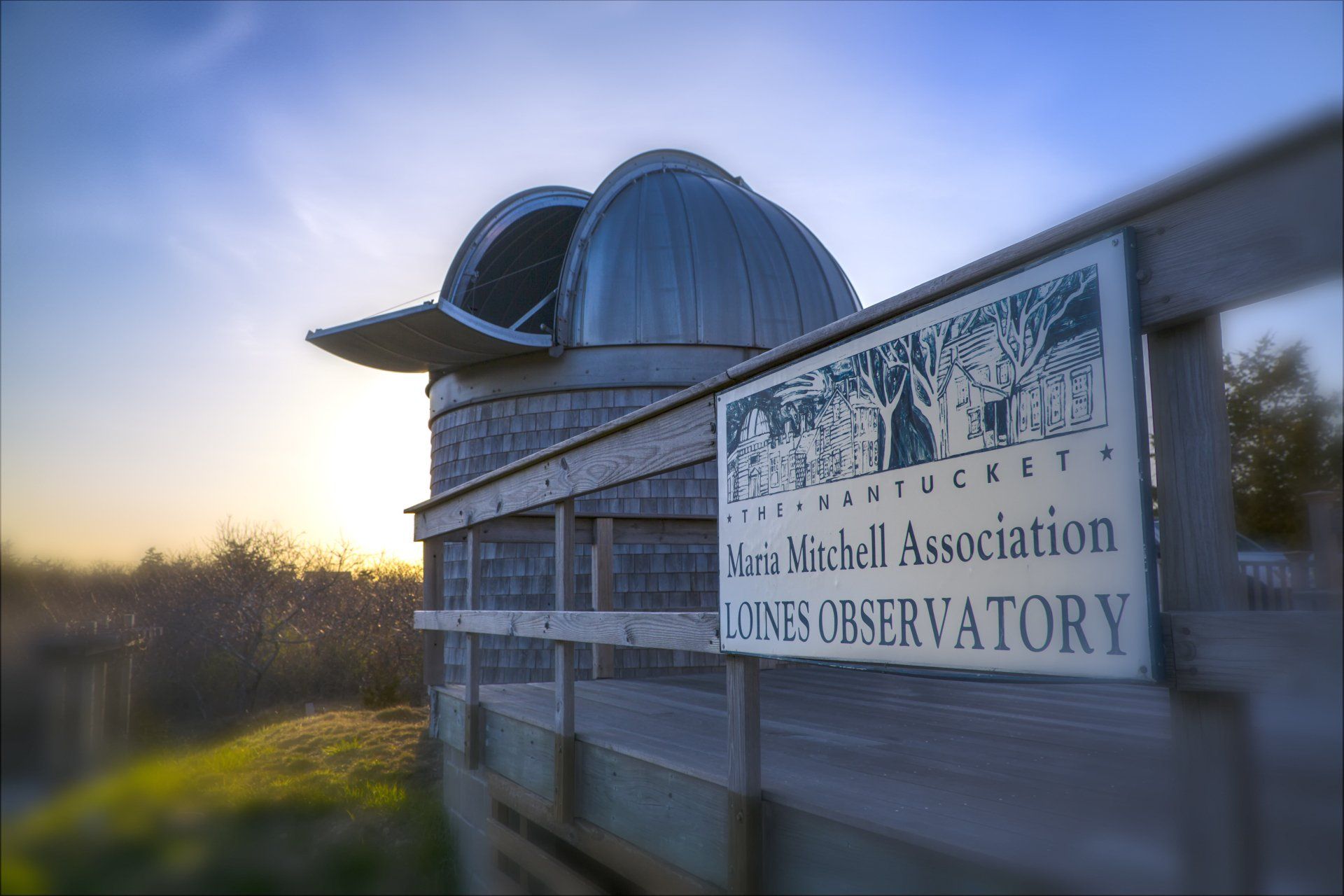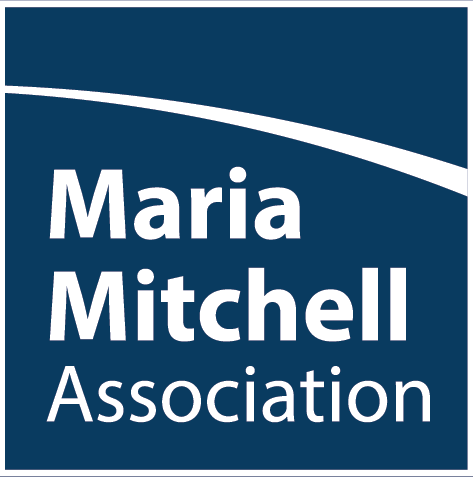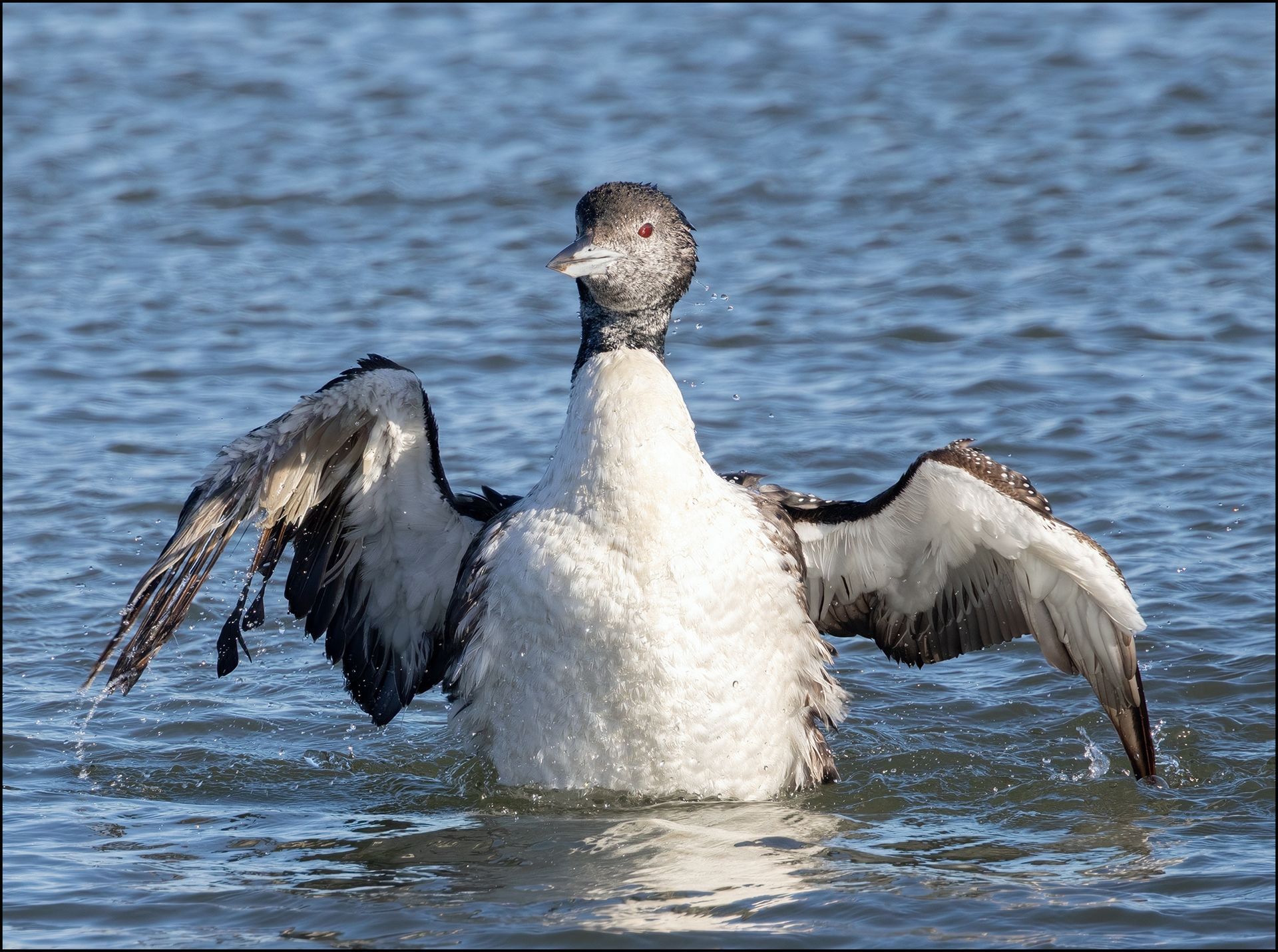Nantucket Maria Mitchell Association Announces Winter Hours and Programs at the Hinchman House Natural Science Museum
NANTUCKET, MA—The Nantucket Maria Mitchell Association (MMA), your portal to Nantucket’s natural world, announces its winter program schedule at the Hinchman House Natural Science Museum – full of science education, research, and exploration of the sky, land, and sea of Nantucket Island.
MMA Hinchman House Natural Science Museum at 7 Milk Street Hours: Fridays, 3 – 7pm, Saturdays and Sundays, 10am – 2pm.
Winter Public Programs:
Ravenous Reptiles is offered Fridays, from 2:15pm – 3pm, and Saturdays and Sundays from 9 – 9:45am. Learn about the unique adaptations of turtles, frogs, snakes, and more at the MMA Natural Science Museum! You will get to touch or hold several of the MMA Natural Science Museum animal ambassadors. If you love animals, this is a fantastic way to learn about native and non-native species up-close. Pre-registration is recommended. At least one adult must sign up with children. This program is designed to be interesting for adults and children ages 4 and up.
Nature Story Time is offered Saturdays and Sundays from 11 - 11:45am. Enjoy this program specially designed for the young explorer in your family! During each session, a MMA educator will read a nature or science related book, introduce you to one of the MMA’s animal friends, and will finish with an activity related to the story! This is a recurring program, but the specific focus and materials provided will change each week. This program is appropriate for children ages 3 and up. All children must be accompanied by an adult and all participants must register.
Pajama Story Time is offered Fridays from 7 – 7:45pm. Enjoy this program designed to delight children of all ages. During each session, a MMA educator will read science-based children's stories and lead activities that promote discovery and imagination. This program encourages children to develop a lifelong love of nature, reading, and learning and introduces them to the culture of reading. A story related craft is included. At least one adult must sign up with children. This program is designed to be interesting for children ages 3 and older. Pajamas are encouraged but not required.
STEAM Sensation is offered Fridays from 5 – 5:45pm, and Saturdays and Sundays from 2 – 2:45pm. Join MMA naturalists for an exploration into the world of science! We will deep dive into the microscopic world, investigate shark biology, create agar art with bacteria, or collect and examine phytoplankton. Together, we will tap into our curious nature to uncover more secrets of the natural world. Each week, this program will specifically focus on a dedicated scientific topic! This program is appropriate for adults and children ages 5 and older. All registered children must be accompanied by a registered adult to participate in this program.
View the MMA’s calendar for all upcoming programs, including Bird Walks, Owl Prowls, and Birding 101 programs with Ginger Andrews, and our new Learning Lab Series featuring a range of topics designed to spark curiosity, brought to life by MMA experts and special guests: https://www.mariamitchell.org/calendar
The Maria Mitchell Association was founded in 1902 to preserve the legacy of Nantucket native astronomer, naturalist, librarian, and educator, Maria Mitchell. After she discovered a comet in 1847, Mitchell’s international fame led to many achievements and awards, including an appointment as the first female professor of astronomy at Vassar College. Maria Mitchell believed in “learning by doing” and today that philosophy is reflected in the MMA’s mission statement, programs, research projects, and other activities. The Maria Mitchell Association operates two observatories, a natural science museum, an aquarium, a research center, and preserves the historic birthplace of Maria Mitchell. A wide variety of science and history-related programming is offered throughout the year for people of all ages
###
For Immediate Release
January 13, 2025
Contact: Jónelle Gurley
programs@mariamitchell.org
Recent Posts
